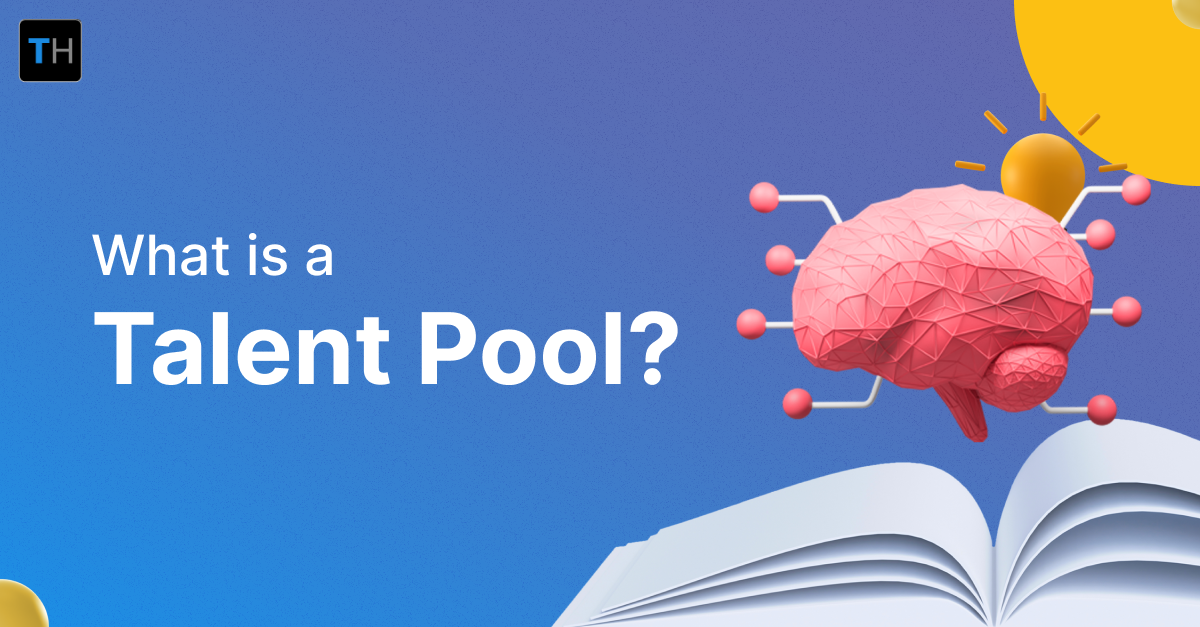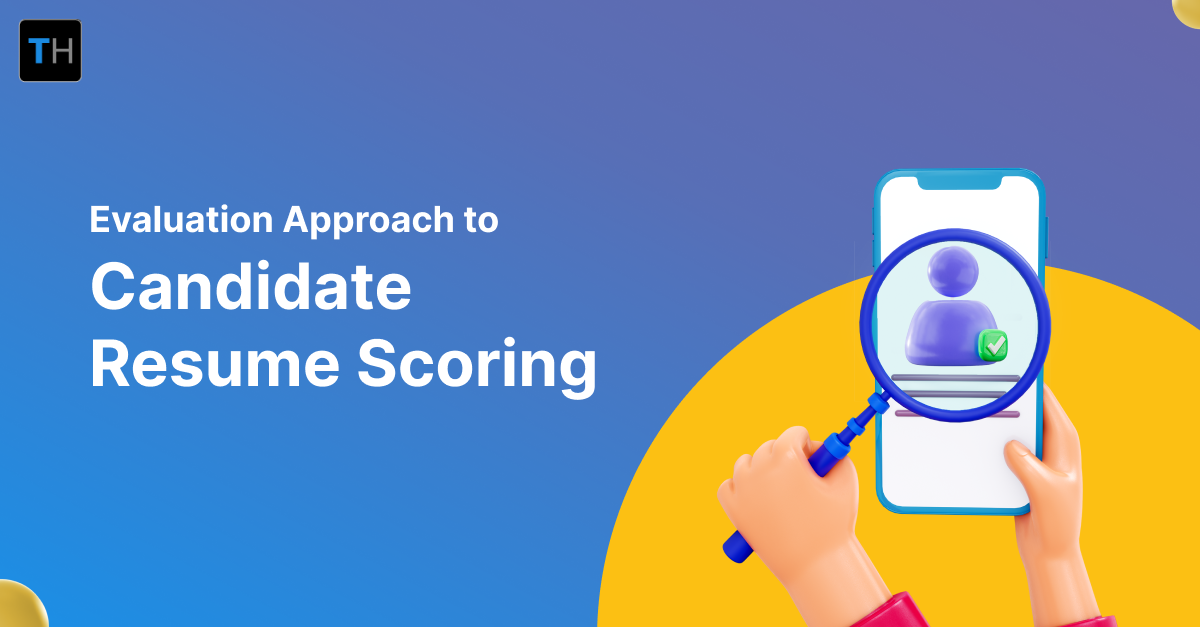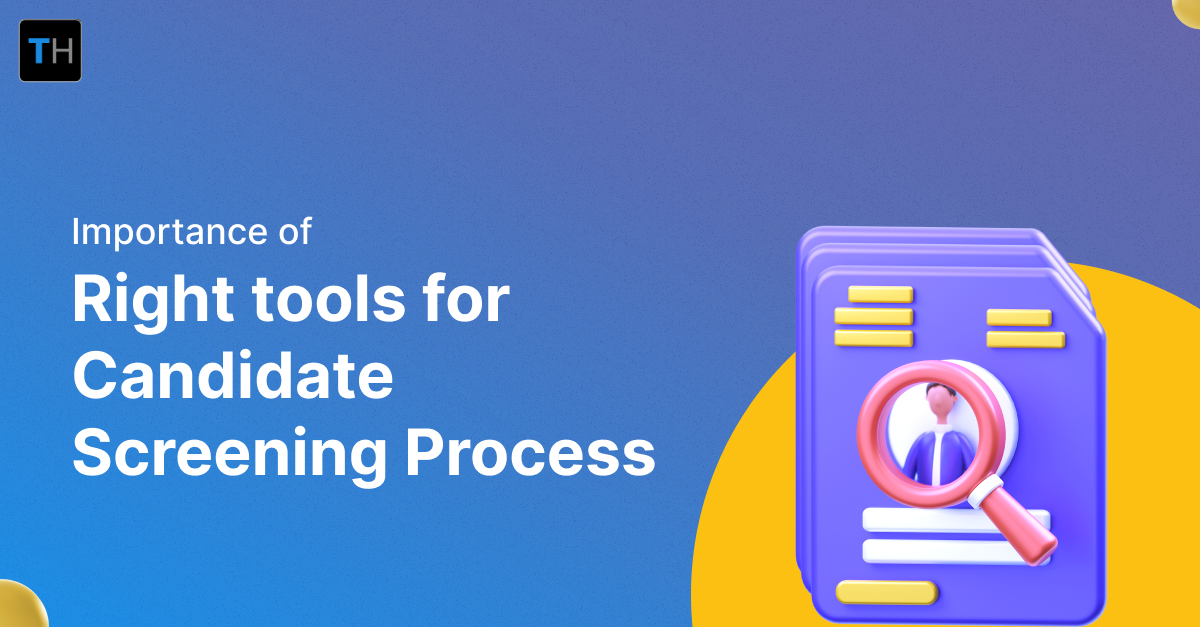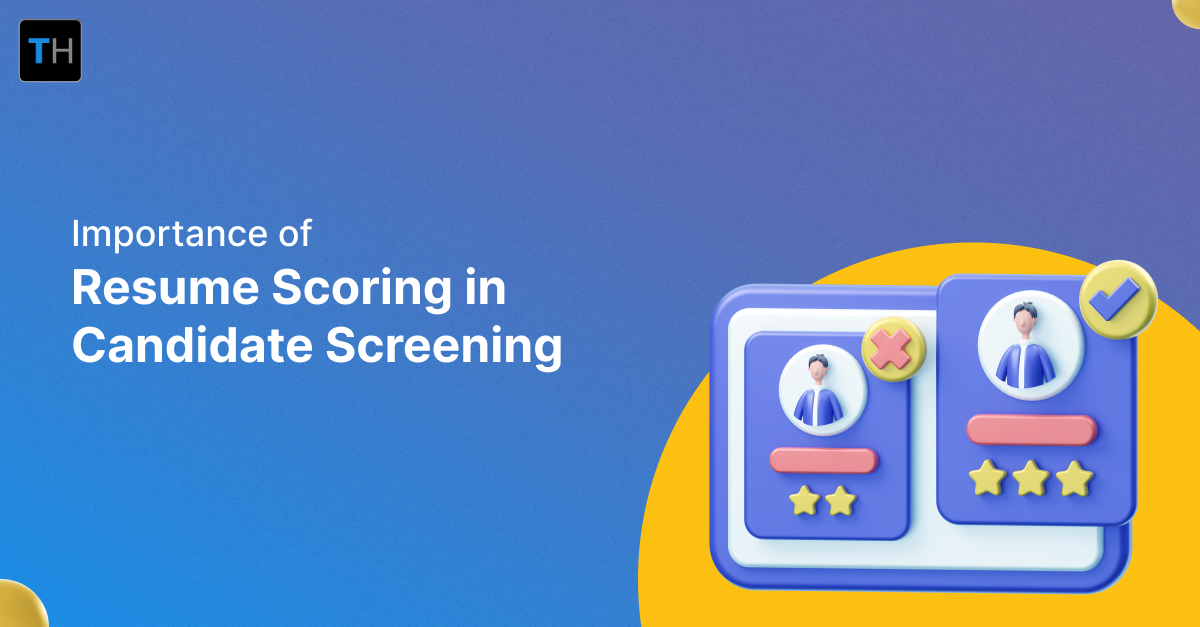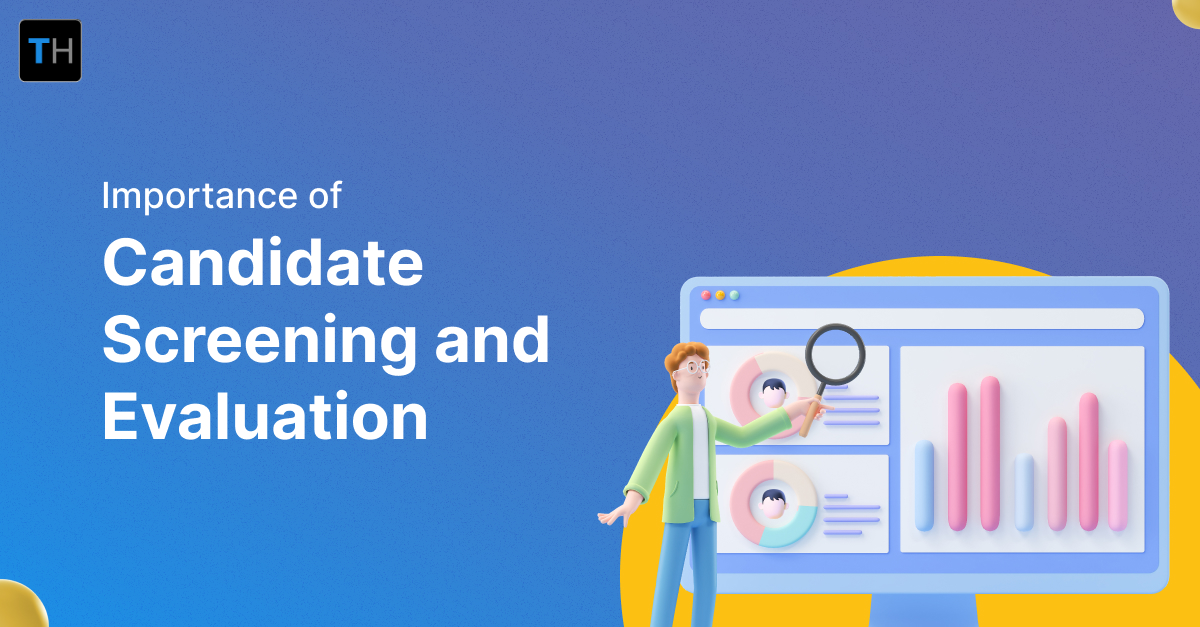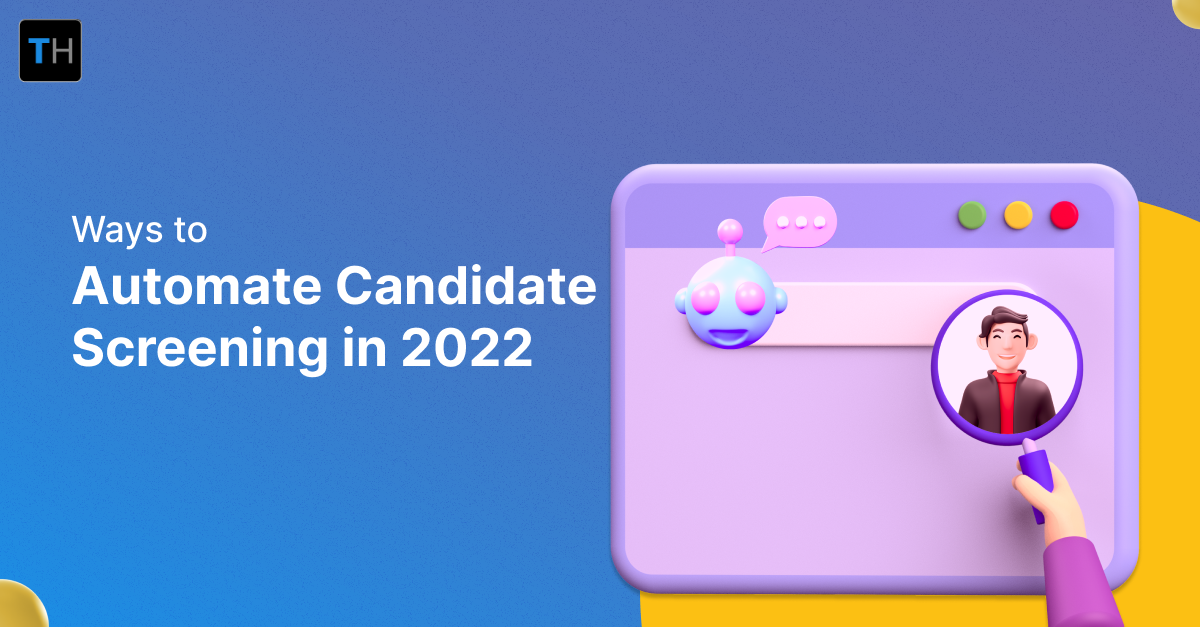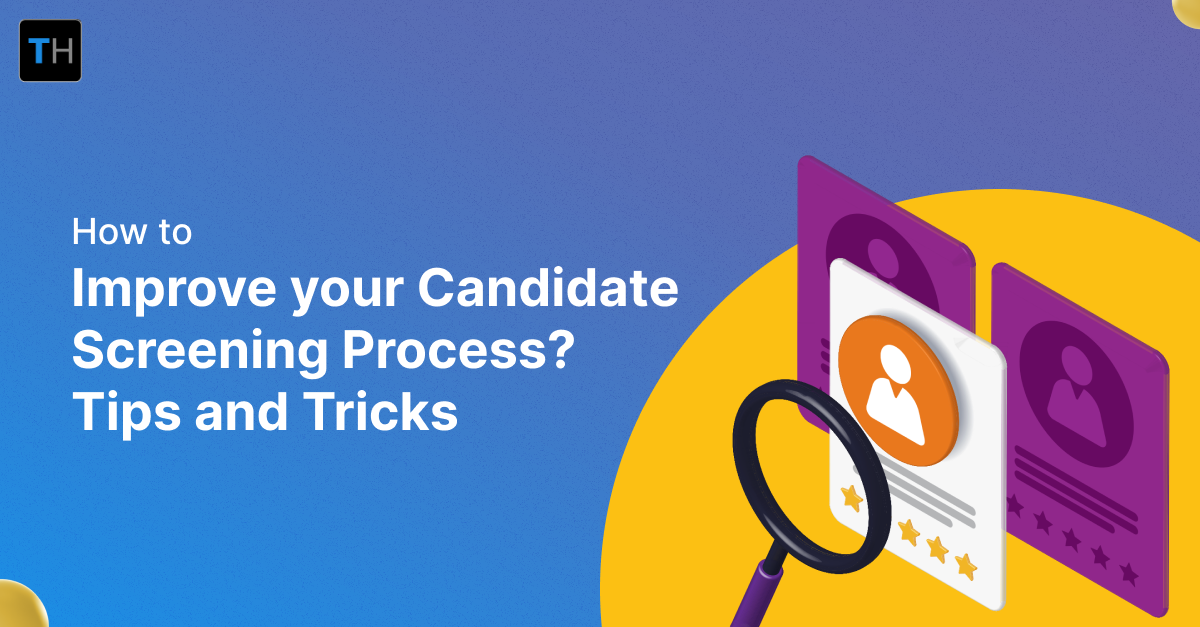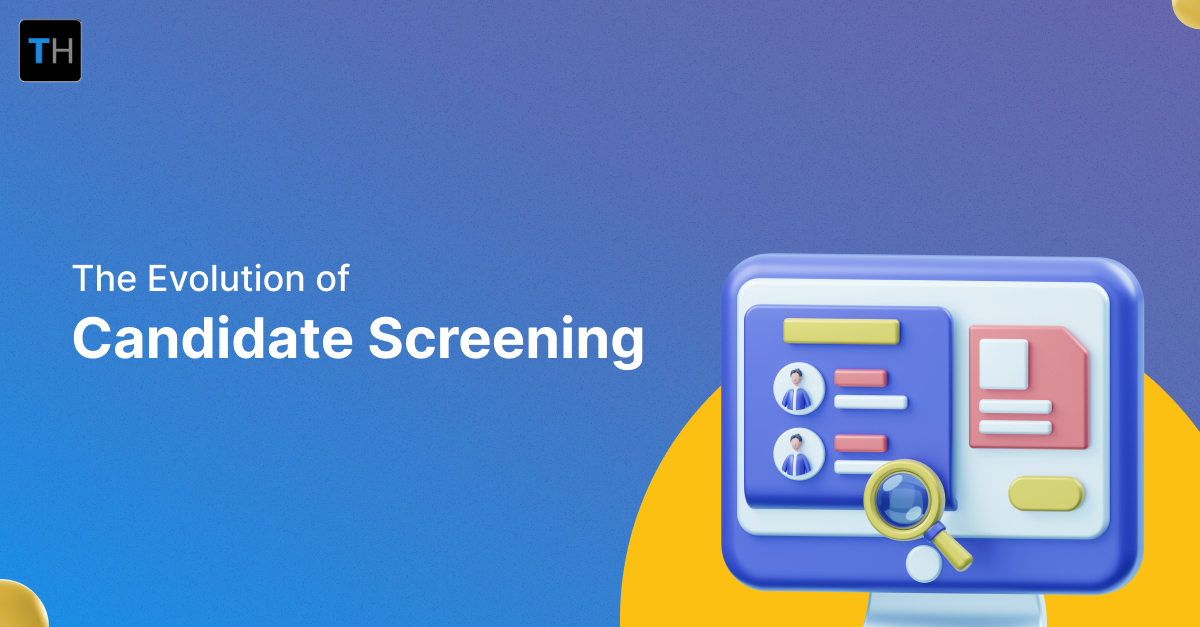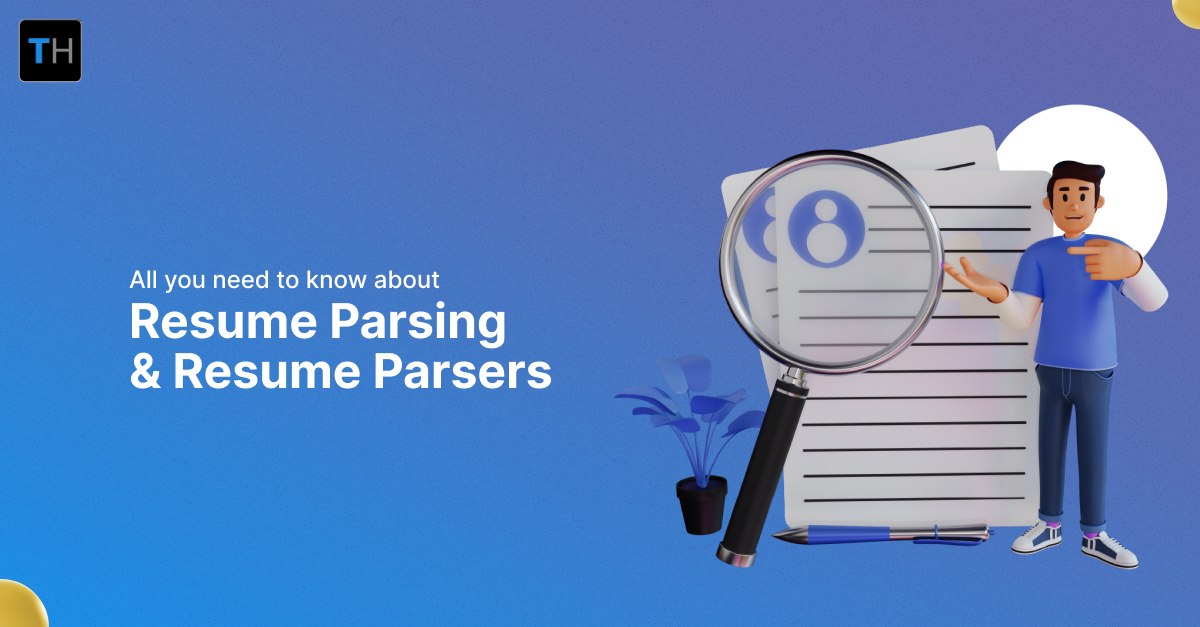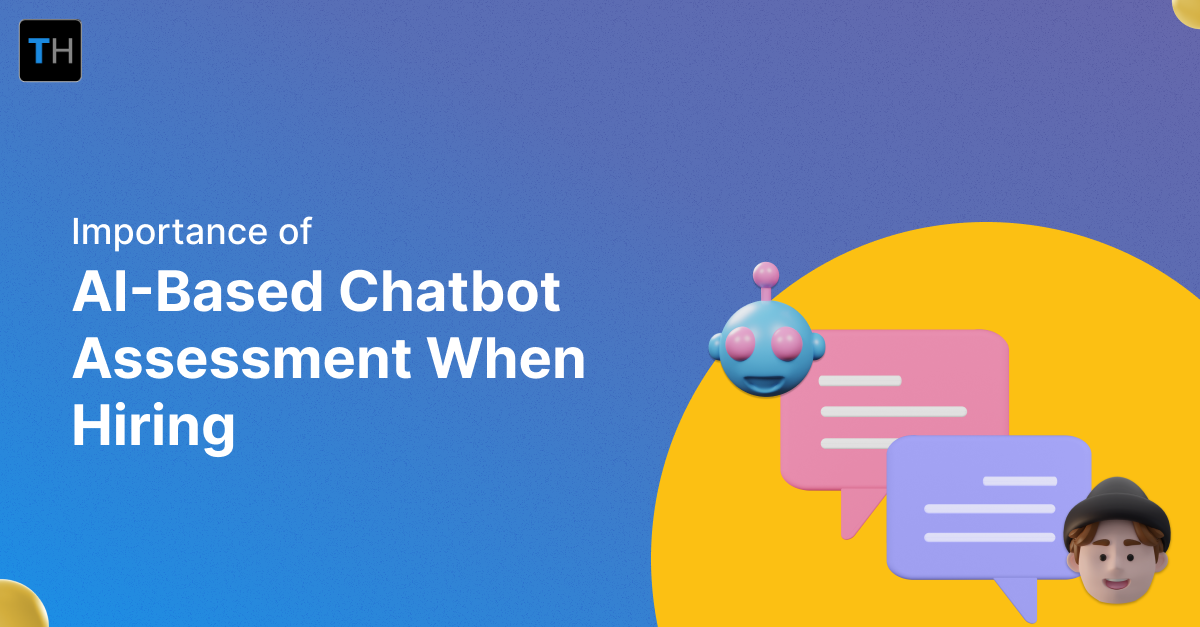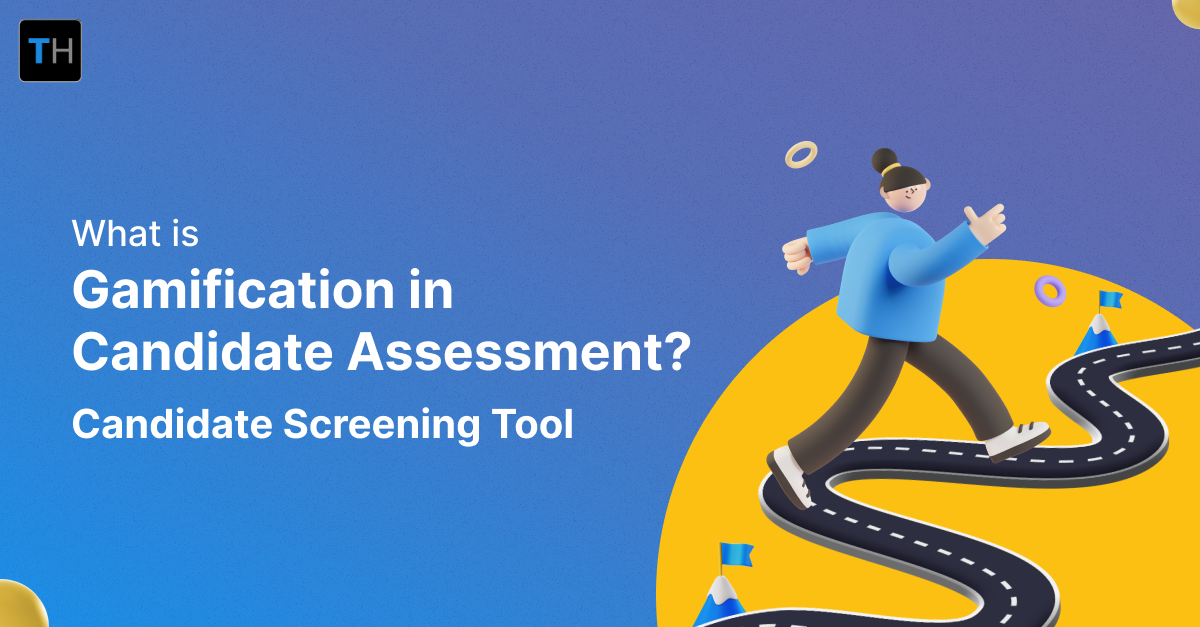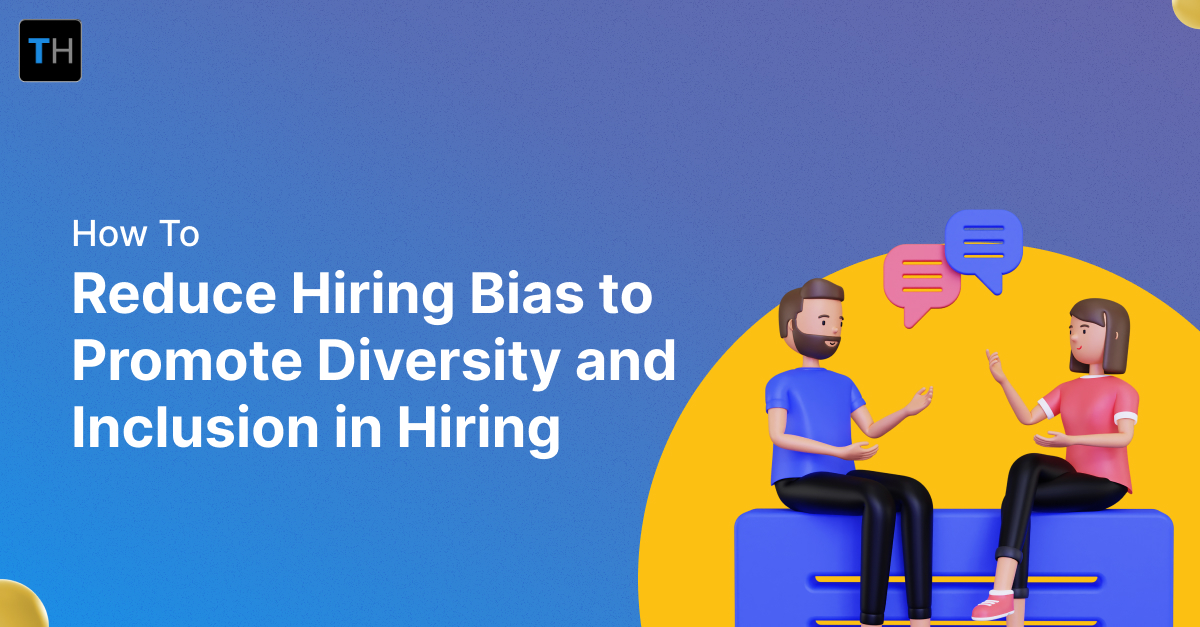What is the Importance of Resume Parsing in the Screening Stage of Recruitment?
Resume parsing is a tool that analyzes a CV or a resume document and converts it into structured information for reporting, storing, analyzing, and screening. Recruiters mostly use resume parsers for importing and studying large candidate pools and shortlisting the best candidates.
For a long time now, resumes have been screened and shortlisted manually. Recruiters would have to look through each resume separately and screen them based on skills, experience, education, etc. This process of shortlisting candidates took an immense amount of time and increased the cost of hire. This method also makes the company lose quality candidates as recruiters usually go through thousands of resumes and then shortlist until one is selected. Resume Parsing provides solutions to most of the problems faced with manual resume screening.
What is a Resume Parser?
A resume parser examines a resume, extracts only the necessary, and inserts the data into an information base with a unique identity for every candidate.
When the resume of a candidate has been screened, a recruiter can scan the information base for keywords or unique IDs and states and the desired candidates would be listed.
Different resumes have different configurations and the languages in the resumes are often ambiguous and different. So when a recruiter is attempting to source a candidate; normally they need to examine the entire pool of resumes with the help of resume parsing algorithm. Generally, 90% of the resumes don’t fit the specific measures during a recruitment cycle. Yet at the same time, to hire the best candidate, each resume has to be checked independently of the measure of time that is squandered.
The resume parsing tool parses the vast majority of the key resume fields from any resume document with high precision. Resume parsing eliminates the manual data entry process and empowers better options of candidates. With an efficient resume parser, you can track down the most relevant applicants in your Hiring Software database.
What are the Functions of a Resume Parser in Screening Candidates?
With an efficient resume parsing tool, you can track down the most relevant applicants in your candidate database, to develop results of high accuracy. Let us discuss the 2 functions of a resume parser in simple terms for better understanding:
1. Text Extraction in a Resume Parser
A resume parser continuously analyzes texts. It can extract text from various file types like pdf, Docx, doc, etc. Resume parsers extract only the texts in the document and ignore everything else. The algorithm usually fails to extract text from image-based resumes and messes up texts extracted from tables in the resume document.
Resumes that involve tables, partitions, etc, require higher-order intelligence from the software. These resumes are classified as complex ones and are analyzed with the help of Optical Character Recognition (OCR) topped with deep algorithms based on Natural Language Processing (NLP).
With the assistance of characterization algorithms to separate the resumes, advanced competitors have had the option to amalgamate various technologies and acquire the best possible way to construct exceptionally precise and quick text extraction strategies.
2. Information Extraction in a Resume Parser
The extracted text is classified using keywords and stored separately for each candidate. A resume is a form of a collection of information of a candidate and can be stored using various tags like Experience, Personal info, skills, education, etc.
Resume parsing in hiring extract information based on certain tags like job title, company name, years of experience, university, etc. However, this process becomes difficult with an increasing number of candidates as the same names of companies or universities can be written in different styles. This is where Deep Learning algorithms or Named Entity Recognition (NER) algorithms come into action.
NER is a subtask of information extraction that looks to find and a group named entity specifies in unstructured content into predefined classifications, for example, the individual names, associations, areas, and so on, based on context.
Why should Recruiters use Resume Parsing Tool in Candidate Screening? Benefits of Resume Parsing
According to Small Biz Genius, a corporate job ad receives 250 resumes on average. Including a resume parser in your recruitment cycle comes hand in hand with several benefits. The top 8 benefits of using the Resume Parsing tool in Candidate Screening are as follows:
1. Return On Investment
When you’re thinking of getting a resume parsing device, you need to guarantee that you are receiving a handsome return on investment (ROI). Likely, the tool is better for you if it offers a lot of features. When you put resources into a less expensive framework, you may find that it doesn’t do the work satisfactorily. By spending a smidgen more, you could find an improved ROI.
2. Keyword Search
A resume parser that filters information based on keywords can parse CVs more effectively. For example, the structured formats or Candidate Smart Cards contain data divided into sections like “Experience”, “Education”, “Skills”, etc.
3. Job Application Feature
The process of resume parsing in hiring can be simplified where candidates can apply for positions using the parsing tool itself. This will also enhance the candidate’s experience with the company as job applications would be much easier. As the product is requesting data in a specific structure, the resume parser can do its job much more effectively.
4. Fast and efficient candidate data entry
Utilizing a committed resume parsing tool will permit you to accelerate your data entry with the advantage of saving vital time. Candidates submit a wide range of resumes and include various data points in their resumes that do not follow any specific system. Analyzing these resumes manually will not only waste a lot of time and money but also force you to hire an extra data entry employee. A resume parser will only take a few minutes to get this job done more efficiently.
5. Consistent candidate data
Utilizing the resume parsing tool will guarantee that your candidate information is consistent regardless of the number of resumes you parse each day. You should simply set up a parsing format and customized parameters before you incorporate a resume parser into your HR activities. When you set up an information database framework that fills your needs, parsing and screening extra candidate information will be simple while moving forward.
6. Lesser errors in parsing information
Regardless of how experienced or focused on your work you might be, you can in any case commit errors while parsing significant resume information. This is the place where a resume parser built can prove to be useful and increase your margins for errors. Simply inserting resumes into your resume parser and double-checking for any irregularity now and then will do wonders for your work productivity.
7. Effortless comparison of applicants
When you have all the candidate information in one spot using resume parsing and analysis software, it is a lot simpler to compare resumes from various candidates. For instance, you could go to the experience tag and take out anybody without any experience. The candidates left would be suitable for the position. This is a lot simpler than physically perusing every candidate and searching for the section where it exposes the candidate’s skills.
8. Standardized candidate formats
Candidates usually submit resumes in various formats which makes it difficult for recruiters to go through some formats that are easily accessible to them. This could result in the loss of well-skilled candidates. However, a resume parsing platform will eliminate these hurdles and all the candidate data will be available in standardized formats that can be customized according to the company’s needs.
What is the Role of Artificial Intelligence (AI) in Resume Parsing?
In recent times, parsing resume is getting mechanized with Artificial Intelligence. An AI-enabled resume parser uses NLP (Natural Language Processing) motor to decipher different resumes. CV parser administrations are by and large joined with an Applicant Tracking System (ATS). Henceforth, it has a centralized database where the data is put away after being parsed in a coordinated way.
AI-powered Resume Parsing Engine of TurboHire
TurboHire is an advanced Applicant Tracking System to make the recruitment process fast, easy and productive. TurboHire’s Resume Parser is known for using deep learning algorithms merged with NLP, NER, and OCR to interpret and screen the most complex resumes. It takes only a few seconds to parse a hundred resumes with 99.9% accurate results.
TurboHire has processed more than 2 million candidate resumes using its Resume Parser. The AI-based resume parsing engine and AI filters help the recruiters find quality candidates with a perfect match in qualification skills and experience in a similar industry. TurboHire Crossed 1 Million Candidates Processed in 2020
4 Advantages of using TurboHire’s Resume Parsing Engine
- Processing various file formats: This includes PDF, doc., DOCX, ZIP. Gives candidates the freedom to upload a resume in their choice of format.
- Extracting information from complex resumes: Extracts information with precision from divergent formats. For example, image scanning.
- Lighting fast processing: Takes 1-3 seconds to process resumes, irrespective of the level of complexity.
- Resume quality scoring: Indexing resume based on their pedigree with AI-backed score, no matter what the job profile be.
What documents are parsed by TurboHire’s Resume Parsing engine?
The duties of an HR expert go a long way past reading unlimited resumes and attempting to come up with a manual method of handling basic candidate information. The rundown of advantages you can acquire from utilizing a resume parser merged with AI shouldn’t be disregarded.
FAQs on Resume Parsing in Candidate Screening
1. How do you curate a parsable resume?
To create a resume that is easily parsable by an Applicant Tracking System, you need to use relevant keywords in your resume that match appropriately with the job description provided. Resume screening software usually crawl through keywords in your resume and look for desirable skill-sets. Therefore, you must pay attention to having defined skill sets and use simple language. Another way for beating a resume parser is to tailor your resume according to the job description given and hence, creating different resumes for different jobs.
2. What is parsing in software?
Parsing a resume is the process of breaking down a sentence into its component parts in order to describe its syntactic roles. A parser analyzes a string of symbols that are either in the form of natural language, assembly language or any other language. In computer programming, parsing a string determines whether the string belongs to a specific grammar or not. It is also called the syntactic analysis process. In a more common sense, the process of parsing would break down a sentence into components like noun, verb, proper noun, adjective, determiner, etc.
3. How does resume parsing software work?
A resume parsing software breaks down a resume into its component parts and analyzes those parts. It then converts an organized document into a structured format. It extracts data and information from a resume and converts it into a machine-readable format like XML so that the machine can produce the desired kind of structured format. This whole process takes place automatically and helps recruiters match candidates with job descriptions almost perfectly. Resume parsing in candidate screening organize, analyze and store candidate information for finding the best candidates and later shortlisting them.
4. How to beat a resume parser?
Some ways to help you beat a resume parser:
- Rename the filename of the resume with your name
- Resumes in the format .docx have the highest compatibility
- Use simple text and a single font for the whole document
- Parsers sometimes find it hard to read tables and columns
- Avoid using WordArt and complicated font formats
5. What is parsing a document?
Parsing a document is the computer’s way of understanding the text in the document. In the process, the semantic data and information contained in the document are saved in the memory of the computer after the document is “read” by the machine. The semantic content of the document is analyzed and divided into components to make the work of interpreters and compilers easier.


